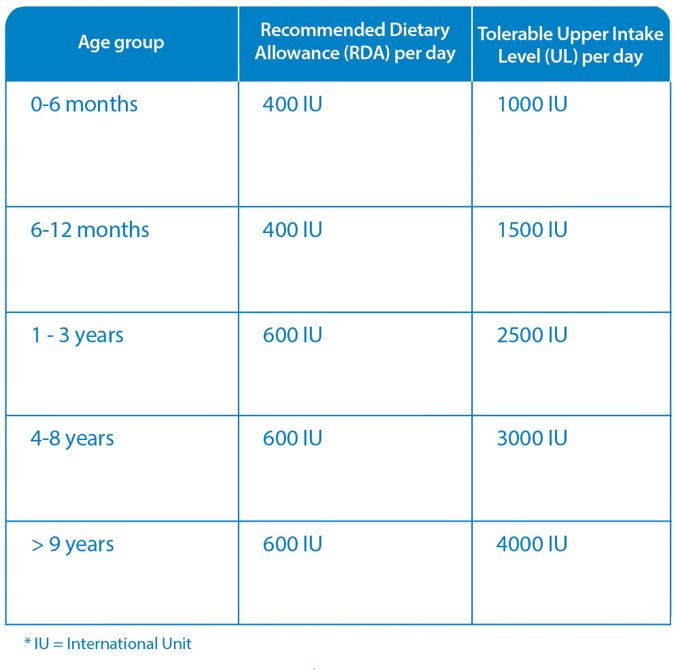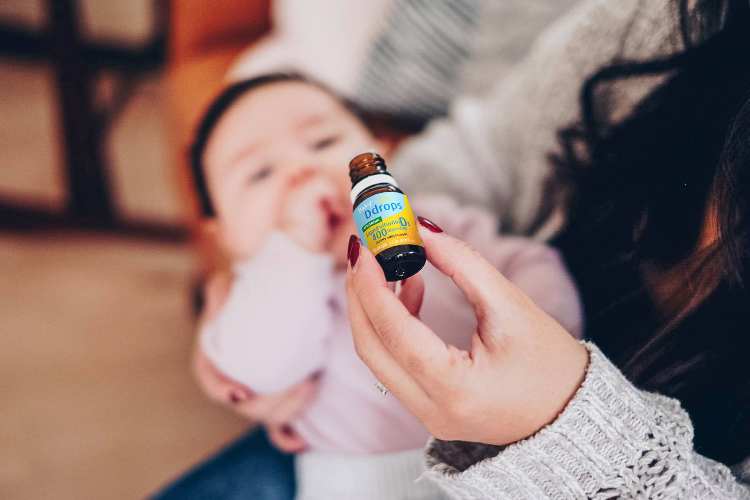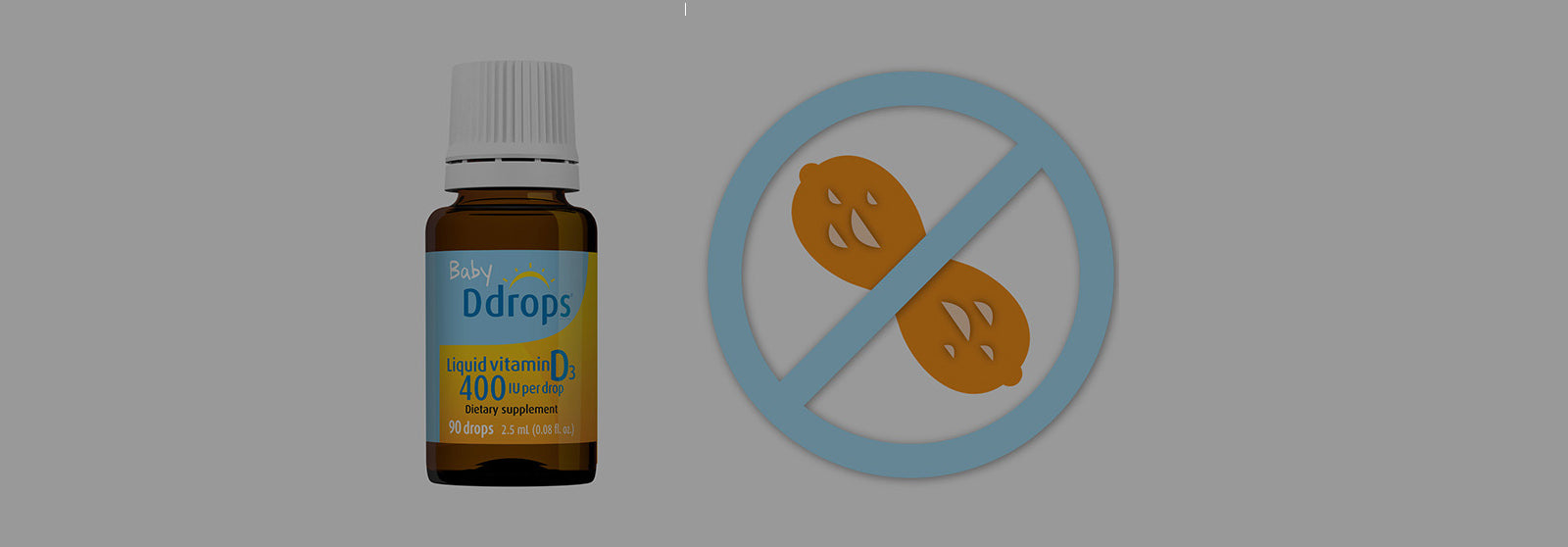January 1, 2020
Like anything…there is always a case of too much of a good thing. With all the benefits of vitamin D in the media, health authorities want people to be aware of upper limits. The Tolerable Upper Intake Level (UL) is defined as the highest daily intake of a nutrient that is unlikely to pose health risks for almost all individuals. The upper limit for daily vitamin D dosing is based on studies examining the highest intake at which no adverse effects were observed.[1]
How much vitamin D is too much?
The following summarizes some facts for adults:
- The short answer is that a daily dose of 4000 IU is the upper limit of daily vitamin D intake for adults. The National Academy of medicine and many national health authorities consider the upper intake level (UL) in individuals 9 years of age and older is 4,000 IU/day [2]
- Doses of 10,000 IU daily have not been shown to cause toxicity in healthy adults. [3] Sometimes doses in this range are given as a prescription to correct vitamin D deficiency
- Scientists believe that doses 10-25 times the upper limit has been associated with toxicity in humans [4]
The following table summarizes the North American guidelines for infants and children[4]:

What could happen if someone takes too much vitamin D?
It can be harmful if taken in excess. Vitamin D intoxication is rare, however, research shows that with more people taking vitamin D, there could be a higher incidence of excessive intake.[5] Most cases are mild, with few symptoms. If excessive vitamin D intake continues over a period of time symptoms can become more obvious.
Symptoms and consequences of Vitamin D toxicity:
- High doses of vitamin D can lead to high levels of calcium in the bloodstream. This is known as hypercalcemia.
- Hypercalcemia is an elevated calcium level in the blood. (Normal range: 9-10.5 mg/dL or 2.2-2.6 mmol/L). It is usually an elevated laboratory finding with few symptoms. Therefore, people with hypercalcemia may not feel that anything is wrong and may only find out about their condition with a lab test that can be prescribed by a physician.
- Even though hypercalcemia may not have noticeable symptoms, there are important consequences that need to be considered. For example, high levels of calcium can result in anorexia, chills, constipation, confusion, depression, fever, fatigue, increased urination, nausea, pancreatitis, thirst, vomiting, and weight loss.
- True vitamin D toxicity happens when high levels of calcium go undetected for a period of time, and calcium begins to build up in organs, such as the kidneys, causing renal or bladders stones.
- In order to produce hypercalcemia, most adults would have to take more than 10,000 IU daily for many months or years.
- Most patients with vitamin D toxicity recover fully after discontinuing the supplement and avoiding sun exposure for a certain amount of time.
Reports of vitamin D toxicity have happened, with most cases falling to the following areas:
- Most reports of vitamin D toxicity have been as a result of mistakes in manufacturing facilities or errors in fortifying foods,
- Inappropriate prescribing or dispensing vitamin D.
- Errors in administering or taking vitamin D
Overall, it is best to seek individual advice from an informed healthcare professional who is familiar with vitamin D and your health status. Also, follow the directions on the label of products and notify your healthcare provider if you have concerns.
This article was updated August 2019







ทิ้งข้อความไว้
เว็บไซต์นี้ได้รับการคุ้มครองโดย hCaptcha และมีการนำนโยบายความเป็นส่วนตัวของ hCaptcha และข้อกำหนดในการใช้บริการมาใช้